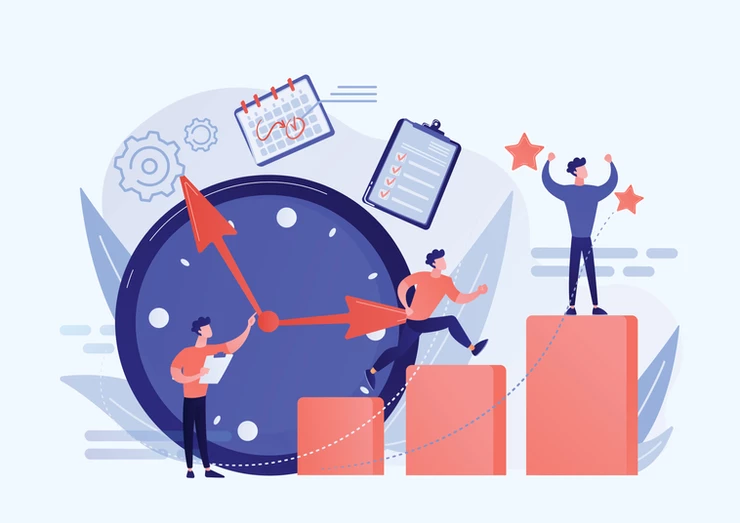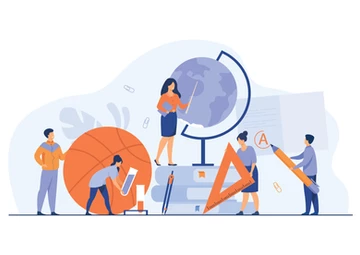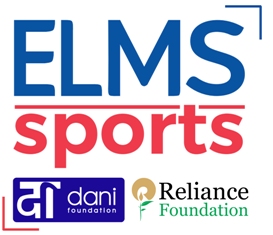Long-term athlete development framework: Athletics India shows the way
G. Rajaraman, Editor of circleofsport.com, and an alumnus of ELMS -ABF High Performance Leadership Program writes about the impact of Athletics Federation of India’s adaptation of long-term athlete development framework on young, emerging athletes

Neeraj played some kabaddi and volleyball before taking up athletics at age 11, ostensibly to shed some weight. He did not take part in a major competition, in what is now his special event, until he was close to his 15th birthday. He won the World Under-20 crown at 19 years of age and he claimed the Commonwealth Games and Asian Games gold medals the following year.
At age 23, having recovered from an elbow injury, Neeraj Chopra is now seen as a very good prospect for the Olympic Games in Tokyo later this year. Is he the ideal example of an athlete whose evolution has the Long-Term Athlete Development framework, propounded by Istvan Bayli and Richard Way? Perhaps he is.
Now, while the Athletics Federation of India (AFI) itself may have played little role in stoking his passion to throw the spear over long distances, it has done well to keep him motivated by getting him the best of coaches in training locations in India and Europe. He is a pretty good example of the Long-Term Athlete Development framework in a sport that calls for later specialisation.
We are so used to criticism of the system that this may come as a surprise. Then again, a disclaimer will be in order. This article is not entirely research-based but has its roots in observation leading to some perception. This is an attempt to direct critical attention to positive developments in Indian sport.
Let us take a closer look at how the Long-Term Athlete Development Framework is built into AFI’s Playground to Podium plan. It has aimed to move from being a significant player at the Asian level to making its presence felt at the global level with a more scientific approach to talent identification and training.
Back in 2013, AFI bought into the IAAF (now World Athletics) Kids Athletics concept. It introduces running, throwing and jumping to athletes in three age groups from 7 years to 12. This can succeed only if everyone in the physical education and coaching environment embraces the importance of laying the fundamentals right.
The Federation has insisted on its State units that they must work towards having at least one World Athletics Level 1 coach in each district. It will ensure that the cream of young talent is introduced to the uniform training methods and the right amount of training. If it succeeds with its plans, it will have enough and more World Athletics Level 1 coaches.
A decade before it brought in the concept of Kids Athletics, AFI introduced the National Inter-District Junior Athletics Meet (NIDJAM) for under-14 and under-16 boys and girls. The energy across three days at the venue is to be experienced to be believed. If it can be processed and fed into the transmission system, the electricity would help wash the arena in bright light.
The last such meet was held in November 2019 at the Sri Venkateswara University ground in Tirupati, with a commercial sponsor coming on board. Close to 450 districts sent 10 to 12 athletes. The buzz in the venue was simply amazing. But think about it: Nearly 4500 athletes showcasing their talent in one stadium. Enough to give me goosebumps even now.

From a psychological perspective, the youngsters get a first-hand experience of a National-level meet at NIDJAM. From call rooms to being judged by qualified technical officials, from age verification processes to dope control centre, they are introduced to a well-conducted event, preparing them for other major competition in the years ahead.
Two features of AFI’s Long-Term Athlete Development plans are striking. The first is advice against over-training that leads to the disappearance of talented athletes at a stage when their minds and bodies rebel against the extra load in the guise of hard work. There has been a misplaced belief that long hours of training rather than smart training leads to better results.
The other significant aspect of the Athletics Federation of India’s programme is its active discouragement of early specialisation. In the NIDJAM, for instance, the good thing is that there are not too many events for either age category. In fact, it has just five events each for the under-14 groups and 10 each for the under-16 groups.
From the outside, it does appear as if the Athletics Federation of India has got some things right but has not succeeded in finding traction in the media. Unless these stories are told and amplified many times, its pioneering work in propagating long-term athlete development framework in the country will remain a low-profile exercise.
From a larger perspective, while India does have a National Sports Policy, it is time it scripts a well thought out and articulated plan for competitive sport that includes the essential tenets of the Long-Term Athlete Development framework. It will then ensure that there is a really large base of young sportspersons whose foundations in movement are firmly and correctly laid.
Together, the National Sports Federations and the Sports Authority of India can overhaul the system, putting in place a robust assembly line. The Khelo India Youth Games, drawing the best from the National Junior Championships in each discipline, is but an additional rung in the latter of a young athlete’s evolution in their Training to Compete stage.
You will agree that this is important since coaches at the higher level will then not have to spend time making error-correction and working on getting the basics of movement right. It will help young Indian athletes save time and be better prepared for the rigours of international competition.
Though a National Education Policy incorporates physical education and sport in the scholastic curriculum, there is an urgent need to help young athletes balance their sporting and educational pursuits. This is more imperative in the wake of the growing requirement of year-round sports training to be successful in competitions on the global stage.
The jigsaw pieces are coming together but the picture will be complete only with greater collective effort. It calls for the enormous shift in attitudes towards short-term goals of athletes, parents, coaches, academic institutions, clubs, state associations and even State Governments. That can happen only if there is a common goal and a reasonable pathway.

